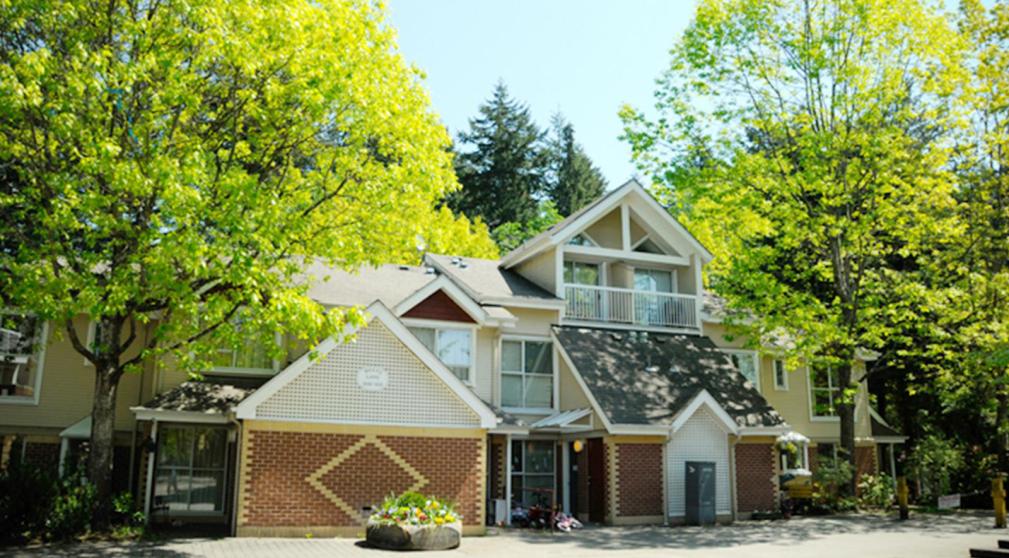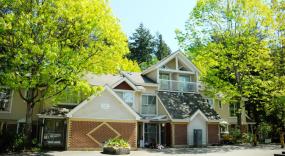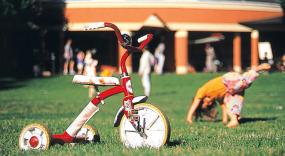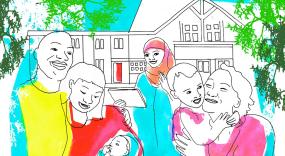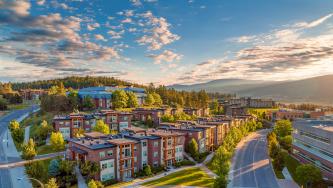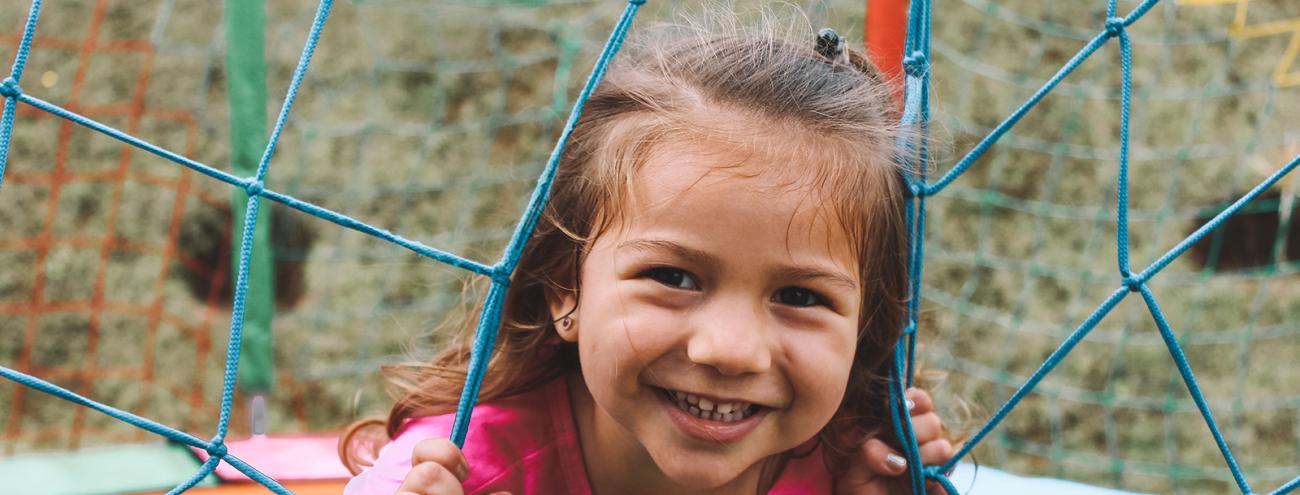
Designing Student-Family Housing for Wellbeing
This project will contribute to the creation of resilient design solutions for the UBC Vancouver campus neighborhood of Acadia Park. Through the use of design charettes — intensive, hands-on workshops that bring together community members and people from diverse disciplines — residents will explore different options for future development.
Project team
Dr. Inge Roecker, Associate Professor, School of Architecture and Landscape Architecture
Andrew Parr, Associate Vice-president, Student Housing and Community Services
Dr. Alina Mckay, Research Coordinator, School of Community and Regional Planning
Andrea Hoff, DSHWB Project Coordinator and PhD Candidate, Language and Literacy Education
Cities and communities around the world are facing multiple complex and complicated problems, among them the housing and affordability crises. Community engagement is vital to the development of bold and innovative solutions, allowing for more democratic and inclusive decision-making, and responding to the specific needs and concerns of people living in these communities.
At UBC’s Acadia Park neighbourhood, residents develop strong friendships, family bonds and sense of community. However, as one of the least dense residential areas on campus, the neighbourhood is also slated for future redevelopment. There are concerns that key design elements of the neighbourhood that have led to its success may be lost if the university adds significant density as it redevelops this area.
Campus as a Living Lab will support a series of design charettes to engage the local residents with the aim of understanding the key neighbourhood design elements that contribute to student-family wellbeing. Three interactive sessions will focus on sustainability, equity and inclusion, and reconciliation. Each of these design charrettes will centre the lived-experience of student-family residents to shape an understanding of how the built environment of Acadia Park impacts their wellbeing. The sessions will also integrate graphic recordings into the research process, where an artist will use visual narrative strategies to summarize the key findings.
The living lab charrettes will be an opportunity to capture innovative aspects of student-family housing at UBC, and to inform future development decisions in Acadia Park and elsewhere around the world. By bringing people together, the charrettes also contribute to sense of community and collective action.
The experience and learning from the charrettes-based research will contain valuable results for other communities. Given the increasing densification of cities around the world, compounded with rising affordability barriers, examples of participatory process and community-based solutions are critical to ensure the creation of more inclusive societies.
